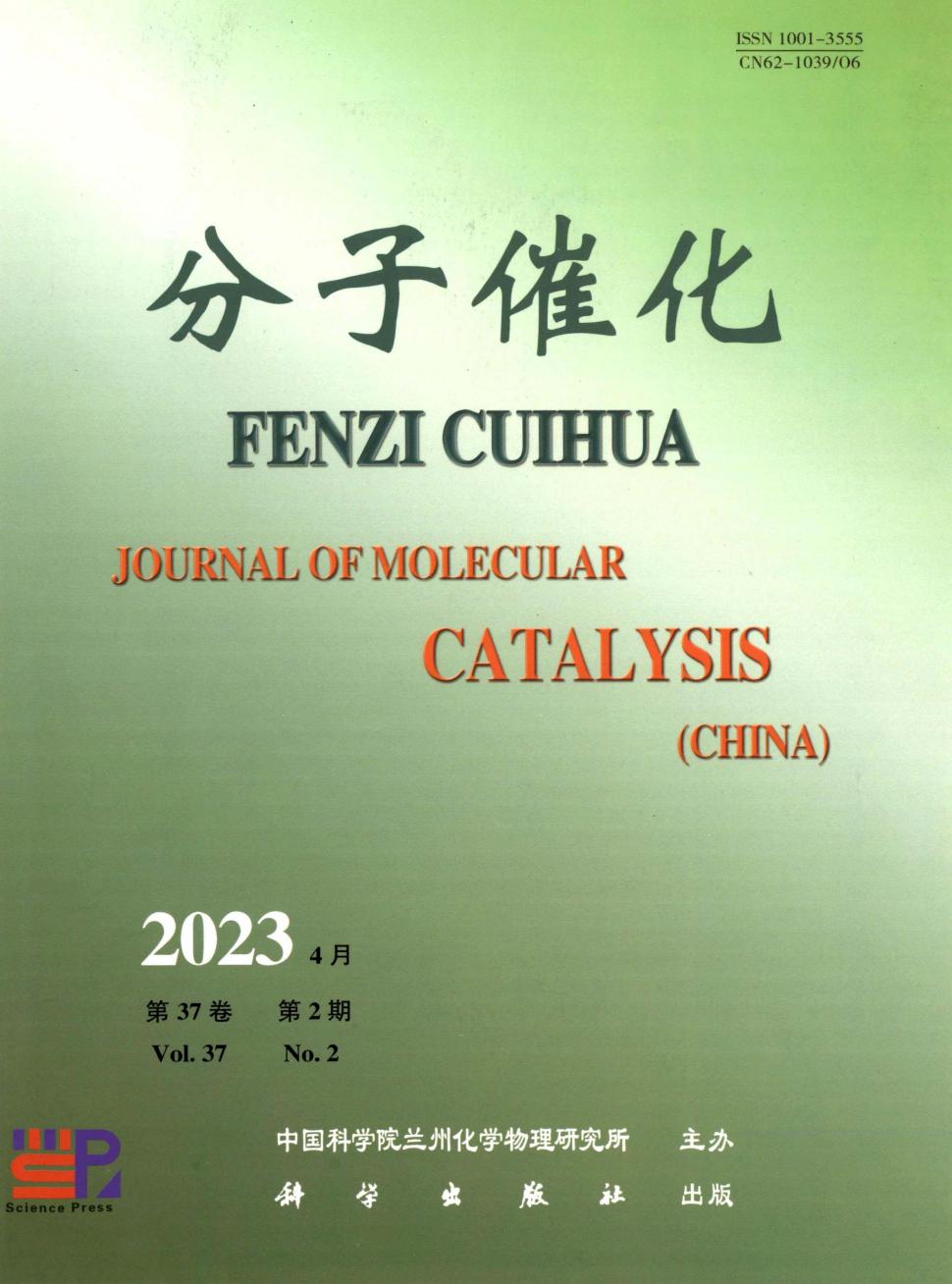Ammonia and sulfur poisoning effects on hydrogenation of phenylacetylene over Pd supported catalysts
Q4 Chemical Engineering
引用次数: 35
Abstract
The effect of palladium dispersion, on the selectivity for phenylacetylene hydrogenation was studied. Low dispersed palladium catalysts showed to be more selective to partial hydrogenation than high dispersed ones. The initial selectivity to styrene is increased with time on stream. Carbonaceous deposits were assumed to be responsible for this phenomenon. Selectivity was also modified by ammonia and sulfur addition: ammonia increased the styrene selectivity while sulfur had a negative effect. The poisoning effects were explained through an electronic effect. Ammonia is an electron donor modifier whereas sulfur is an electron acceptor modifier.
氨和硫中毒对苯基乙炔在Pd负载催化剂上加氢的影响
研究了钯分散对苯乙炔加氢选择性的影响。低分散钯催化剂比高分散钯催化剂对部分加氢的选择性更强。对苯乙烯的初始选择性随工艺时间的增加而增加。碳质矿床被认为是造成这一现象的原因。氨和硫的加入对苯乙烯的选择性也有影响,氨提高了苯乙烯的选择性,而硫对苯乙烯的选择性有负面影响。中毒效应可以用电子效应来解释。氨是电子给体改性剂,而硫是电子受体改性剂。
本文章由计算机程序翻译,如有差异,请以英文原文为准。
求助全文
约1分钟内获得全文
求助全文
来源期刊

分子催化
Chemical Engineering-Catalysis
CiteScore
1.50
自引率
0.00%
发文量
2959
期刊介绍:
Journal of Molecular Catalysis (China) is a bimonthly journal, founded in 1987. It is a bimonthly journal, founded in 1987, sponsored by Lanzhou Institute of Chemical Physics, Chinese Academy of Sciences, under the supervision of Chinese Academy of Sciences, and published by Science Publishing House, which is a scholarly journal openly circulated both at home and abroad. The journal mainly reports the latest progress and research results on molecular catalysis. It contains academic papers, research briefs, research reports and progress reviews. The content focuses on coordination catalysis, enzyme catalysis, light-ribbed catalysis, stereochemistry in catalysis, catalytic reaction mechanism and kinetics, the study of catalyst surface states and the application of quantum chemistry in catalysis. We also provide contributions on the activation, deactivation and regeneration of homogeneous catalysts, solidified homogeneous catalysts and solidified enzyme catalysts in industrial catalytic processes, as well as on the optimisation and characterisation of catalysts for new catalytic processes.
The main target readers are scientists and postgraduates working in catalysis in research institutes, industrial and mining enterprises, as well as teachers and students of chemistry and chemical engineering departments in colleges and universities. Contributions from related professionals are welcome.
 求助内容:
求助内容: 应助结果提醒方式:
应助结果提醒方式:


